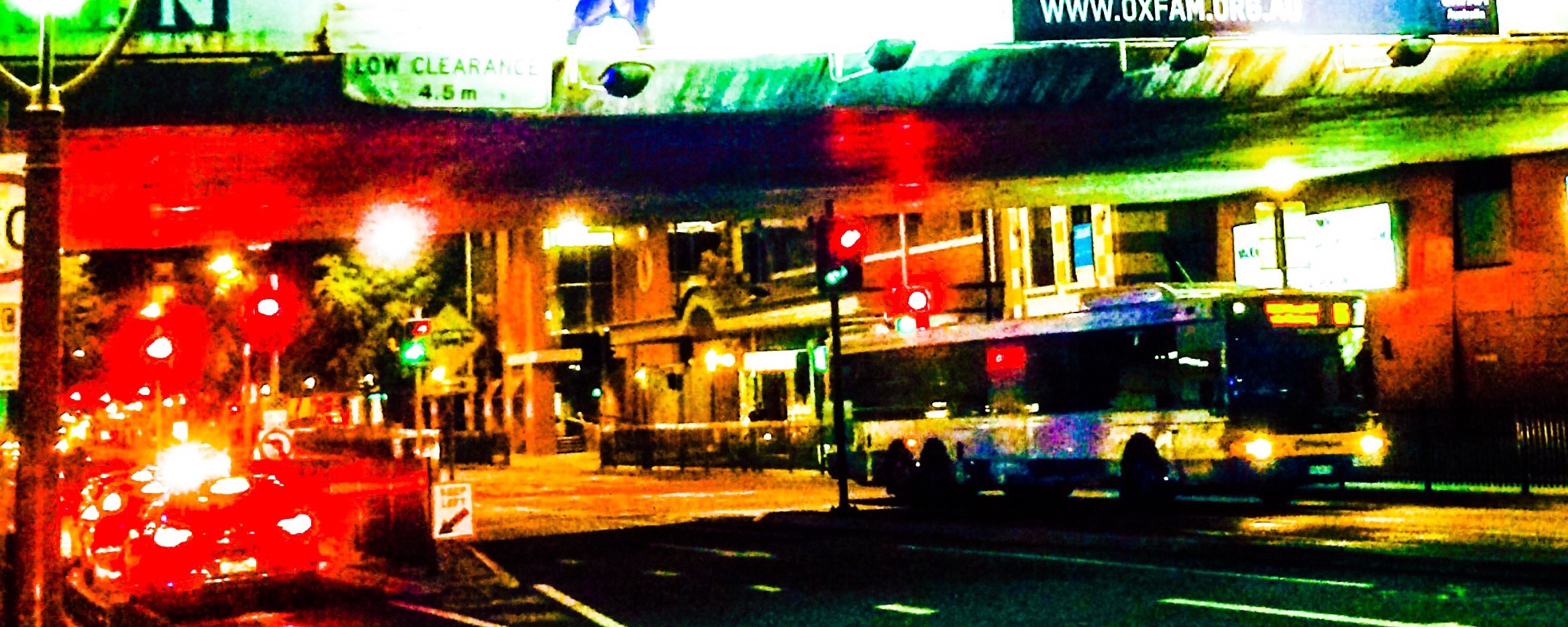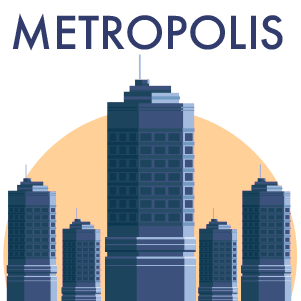

It’s easy to be seduced by the promises of a “smart” city–a highly efficient system, fed by sensors and data that promises to ease many of the present and future challenges of urbanization. Smart traffic lights will adjust traffic flows to ease congestion, car-parking pricing will fluctuate dynamically based on demand, and key infrastructure (like autonomous public transport car fleets) will anticipate our movement needs, arriving at our front doors based on information in our web-connected calendars before we even digitally hail a driver.
The problem with these promises, with this supposedly utopian vision, is that it’s technology-driven. Just because the technology exists, does that mean it should be used? And if we decide the technology does add value, how does it change the very way we interact with our environment–our city? The smart city conversation has to evolve beyond one of technology–it’s not just an IoT story, nor should a city be adopting smart tech just because it exists.
The very notion of a “smart city” likens the city to a “smart device.” We have smart watches and smart phones, but those devices are simply that–devices–and require human interaction and nuance to realize their value.
My issue with the concept of a smart city is it infers a city can be “digitized” or “smartified,” which leads us down a path of thinking about hyper connectivity and data-driven efficiencies. But a city is so much more than that. Cities are hubs of people, supported by infrastructure. Cities are where people come together to experience the benefits of being together in close proximity–access to services and culture are very literally the benefits of urbanization.
There’s no doubt that applying “smarts” to city infrastructure has benefits. But the conversation needs to be bigger than that. It needs to be about connecting the people in a city to both one another and its desired services in ways that add value to their lives (Facebook’s worldwide popularity is because it’s done just that); it needs to be about helping city (and state and federal) governments deliver services better; and from a future planning perspective, it needs to be about enabling cities to grow and evolve according to the changing demands of its residents and businesses.
I prefer, therefore, the phrase smart, connected cities, where we explore how to intelligently connect people with others, services, and infrastructure. A smart, connected city is human-centric–it’s a city that enables its residents and visitors to do what they want, more easily. A smart, connected city should enhance liveability–which includes everything from quality of work and caliber of jobs, to arts and culture, to public facilities and transit, and transport options.
It follows then that a smart, connected city should increase choice, not limit it. For example, when I’m in a hurry, I love that Google gives me step-by-step directions to ensure I get to my destination on time. But there are other times when I want to organically discover the city, even if that means making wrong turns, getting lost, and discovering a whole new part of the world. At a higher level, there needs to be choice around buying something without it being tracked by my bank or loyalty program, or the ability to go off the grid while still accessing the services and infrastructure of the city.
It further follows that a smart, connected city must include everyone, not just those who can afford the latest gadgets (let alone know how to use them). For me, this is one of the most exciting promises of a truly smart, connected city–digital infrastructure has the potential to be the great equalizer. Everyone can access the information, discourse, and input channels that inform the design and creation of their city.
But my idealistic notions, of course, require a shift in our collective thinking. In the past, we’ve expected our governments to “do things” for us. But in the new, digitally enabled environment, there is a growing expectation of co-design, of input. Perhaps a smart, connected city is one more akin to an ecosystem, or platform, where the government provides the enabling infrastructure on which residents and businesses, large and small, can build solutions to the problems that really bug them. Such a model, though, blurs the lines between government/people/corporations more than ever before. We will continue to expect cities to “do things” for us “¦ but where will the lines be drawn in a civically engaged, connected ecosystem?
To enable such a platform requires a significant shift in paradigm by all members of the ecosystem. At the purest level, it requires that cities become the provider of the enabling infrastructure; residents ideally provide input to both problems they want solved as well as the desired solutions. Of course, those lines are not really that discrete, and for this new “smart” ecosystem to work we need to revise the business models of cities, too–who pays for what?
Which brings me to the greatest challenge currently facing us in the implementation of smart, connected cities: the very collaborative nature required to fundamentally rethink the needs of a city’s residents, not just now but generations down the line; to interact not as we always have as stakeholders in the ecosystem but truly as co-creators. I’m not sure we’re there yet. So, we have to stop pursuing perfection and instead be comfortable with the messy process of incremental change toward a bigger, long-term vision–comfortably uncomfortable in the knowledge that the vision may change as we make progress.
The vision itself needs to be more principle-orientated than future-state-orientated; human-centric, with liveability and equality rather than a prescribed futuristic vision, because it’s really hard to visualize exactly where the rapid pace of technological change may take us–let alone collectively agree to that (as yet) fictional future.

Further Reading
All of the references below (plus others) informed this piece, and while they weren’t quoted in the text, they provide context and further information.
- “We Can’t Allow the Tech Giants to Rule Smart Cities,” Paul Mason, October 2015, published in The Guardian
- “Australia Must Catch Up as Industry 4.0 Heralds 4th Industrial Revolution,” Tony Yoo, February 2016, published in The Guardian
- “Trade Offs in the Smart City,” by Paul Wallbank, March 2016, Decoding the New Economy
- “City as a Platform: Applying Platform Thinking to Cities,” by Margaret Thornton, guest blogger on Platform Strategy

This piece originally appeared on catmatson.com.au. Please note that unlike most of How We Get To Next’s content, it is not available for republication under the terms of a Creative Commons license.

How We Get To Next was a magazine that explored the future of science, technology, and culture from 2014 to 2019. This article is part of our Metropolis section, on the way cities influence new ideas–and how new ideas change city life. Click the logo to read more.
